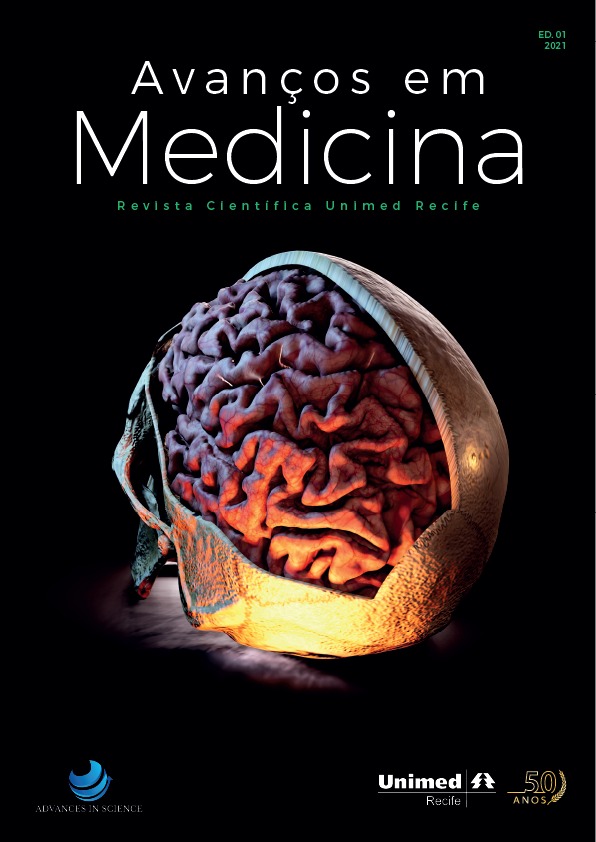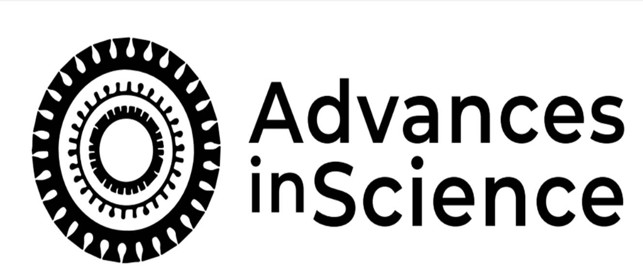Electromyographic analysis of transversus abdominis/internal oblique muscles during the execution of pelvic patterns of proprioceptive neuromuscular facilitation
Visualizações: 495DOI:
https://doi.org/10.52329/AvanMed.7Keywords:
Electromyography, Abdominal Muscles, Muscle Stretching Exercises, Proprioceptive Neuromuscular Facilitation (PNF) StretchingAbstract
Objective: To evaluate the electromyographic response of the transversus abdominis/internal oblique muscles (TrA/IO) during the execution of the four pelvic patterns of proprioceptive neuromuscular facilitation (PNF).
Methods: Cross-sectional study. Were evaluated 21 women aged 18-38 years. The right TrA/IO complex, ipsilateral to the execution of a PNF combination of isotonics technique was monitored by surface electromyography. Three repetitions were performed with two-minute intervals between them in the four PNF pelvic patterns: anterior elevation, posterior depression, anterior depression, and posterior elevation. For the analysis of the electromyographic signal, a period of 500ms adjusted to the central value was extracted and the Root Mean Square amplitude was analyzed. Descriptive statistics and ANOVA test was used with a 95% confidence interval.
Results: There was a higher TrA/IO activity in the concentric phase in the anterior elevation pattern (36.2 ± 32.3%) when compared to previous depression (19.5 μV ± 12.9), posterior elevation (16.1 μV ± 8.7), posterior depression 14.6μV ± 5.9). In addition, in the antero-elevation there is greater activation of the TrA/IO muscle complex when compared to the other patterns (p <0.01).
Conclusion: The higher EMG response of the TrA/IO found in the anterior elevation pattern reveals its usefulness for clinical use.
Downloads
Downloads
Published
How to Cite
Issue
Section
License
Copyright (c) 2021 Josepha Karinne de Oliveira Ferro, José Vicente Pereira Martins, Bruna Rhayane da Cunha Melo Ribeiro, Thaís de Siqueira Manta, Andrea Lemos, Keytte Camilla Souza de Amorim, Paulo José Moté Barboza, Alberto Galvão de Moura Filho, Daniella Araújo de Oliveira

This work is licensed under a Creative Commons Attribution 4.0 International License.



